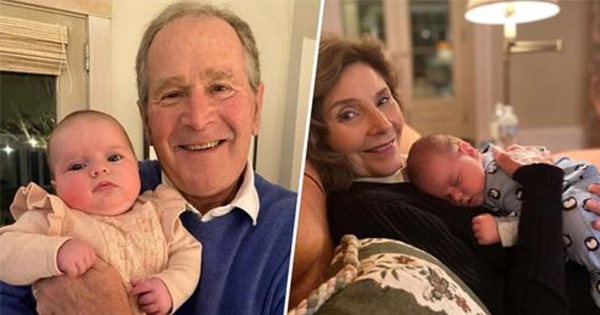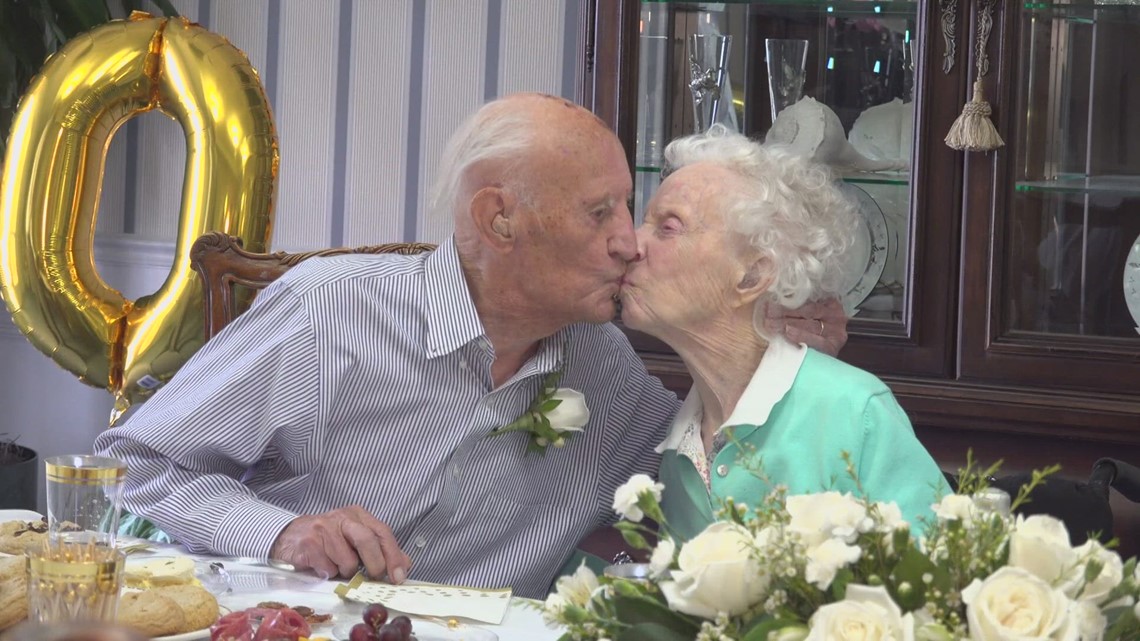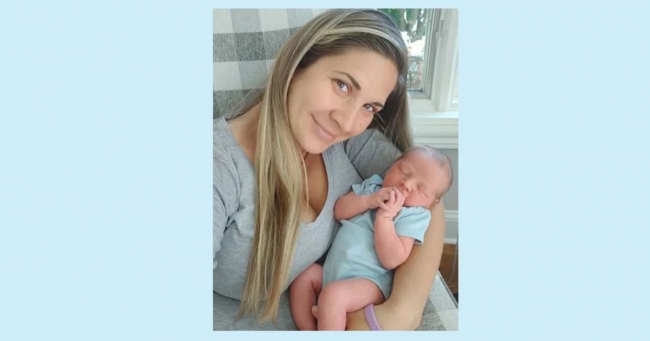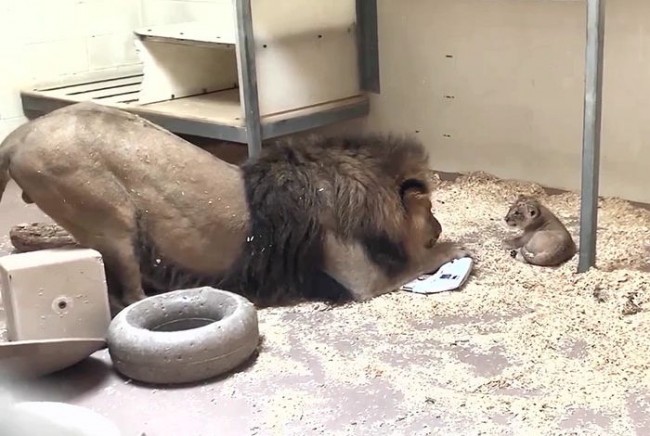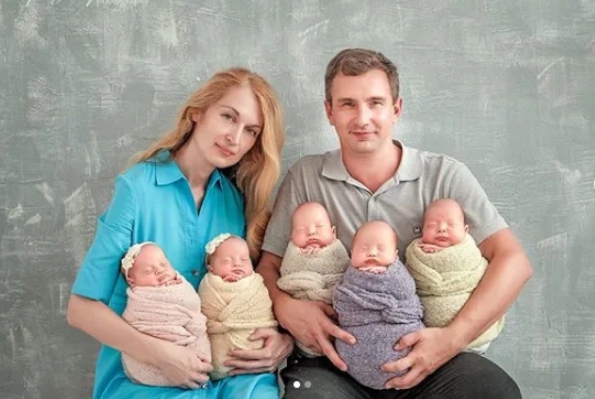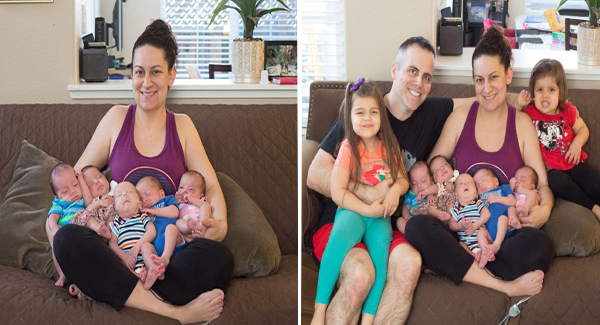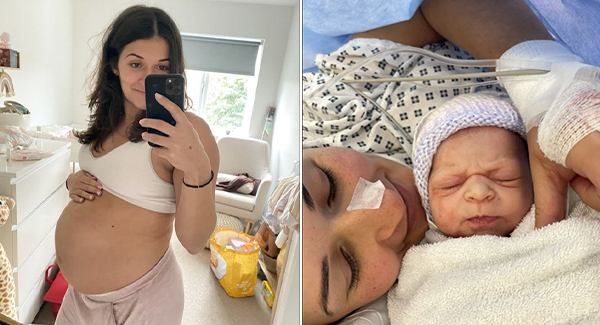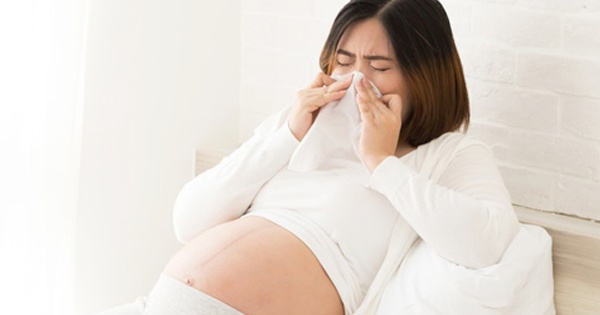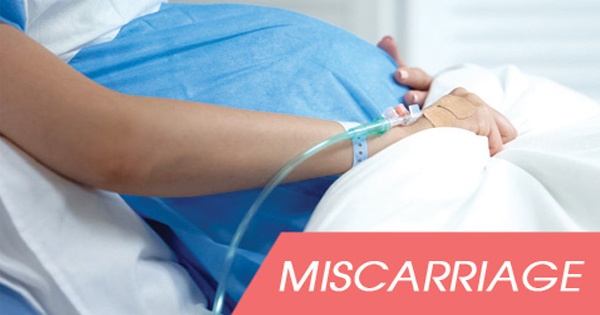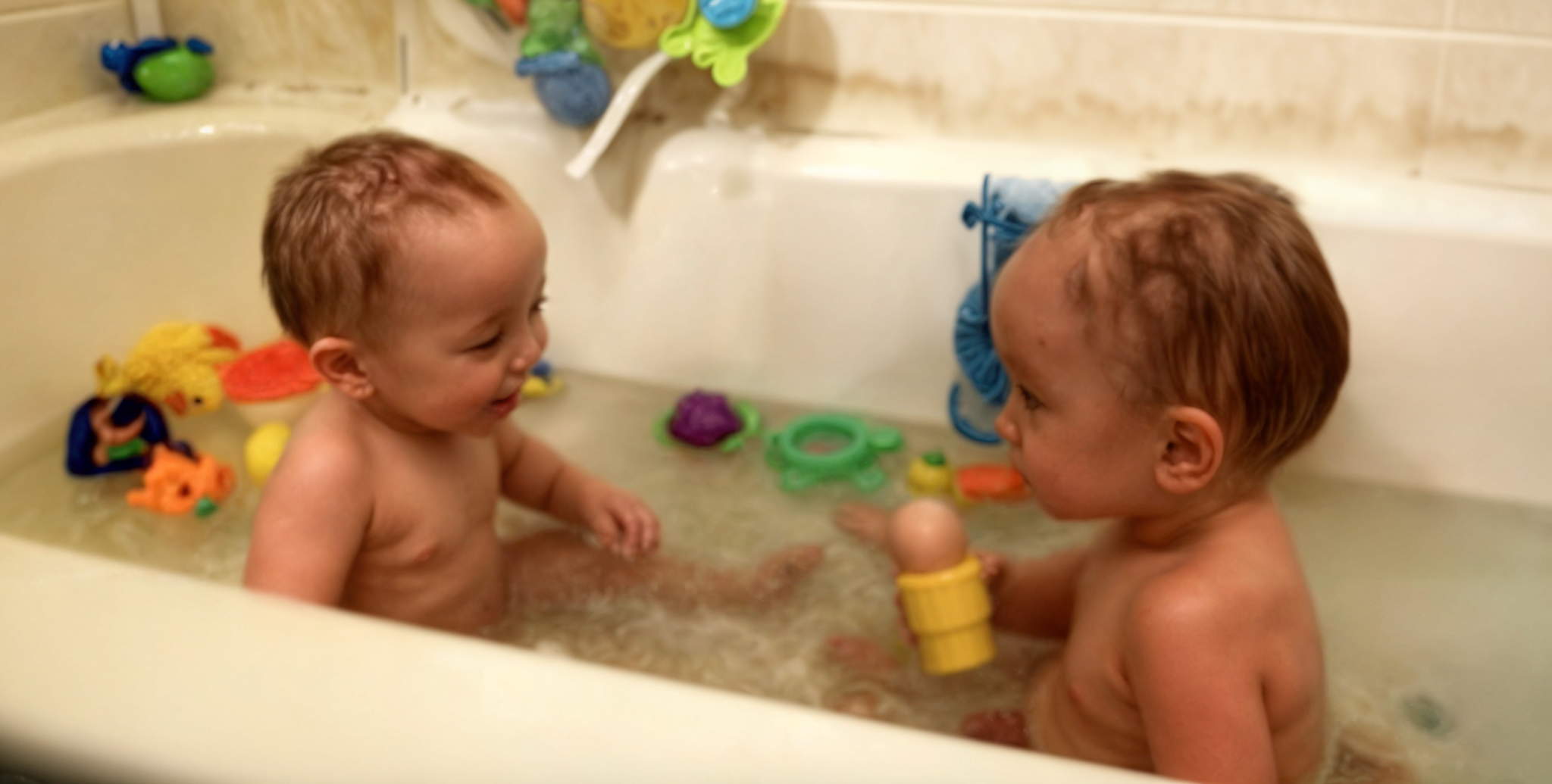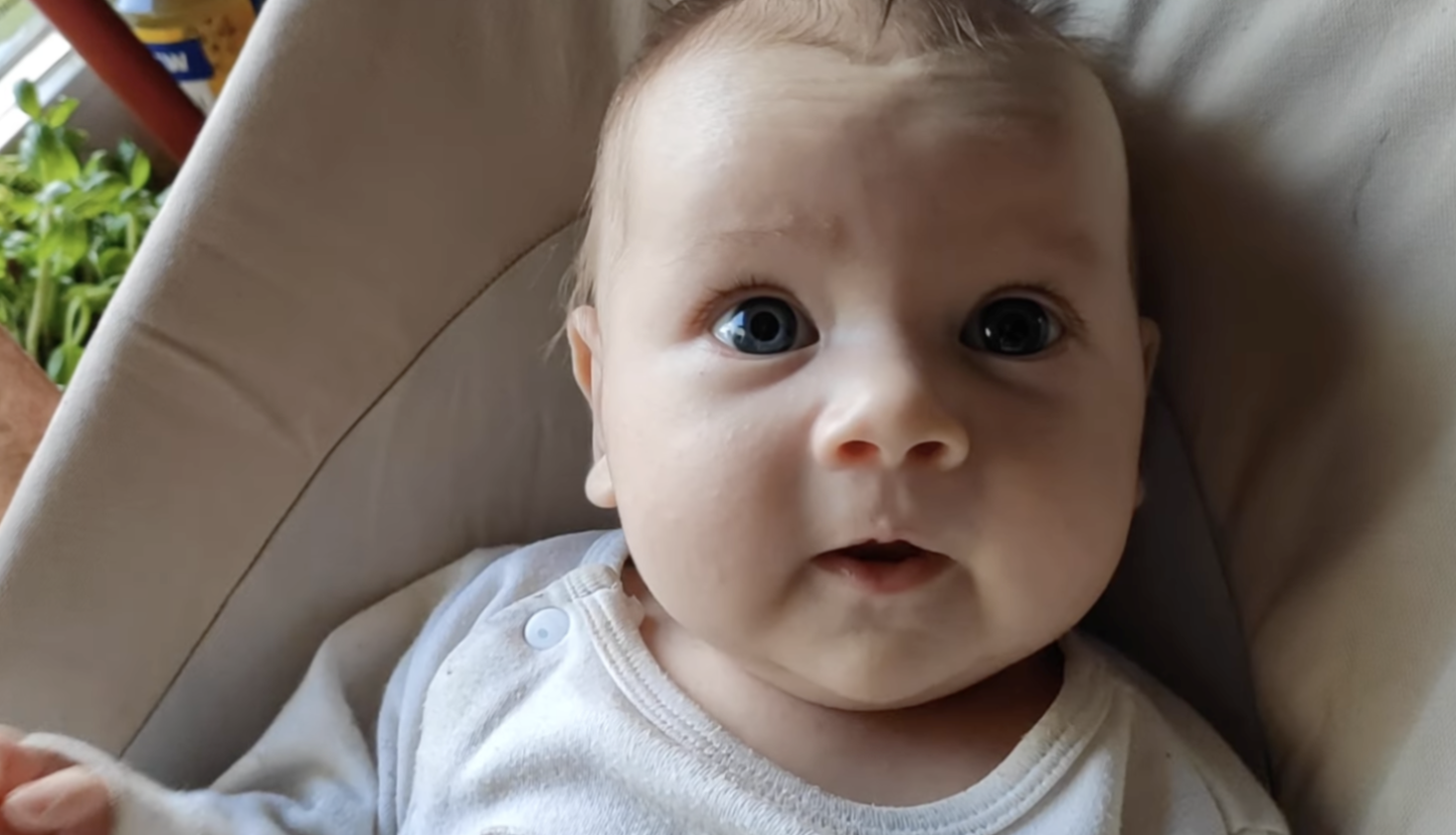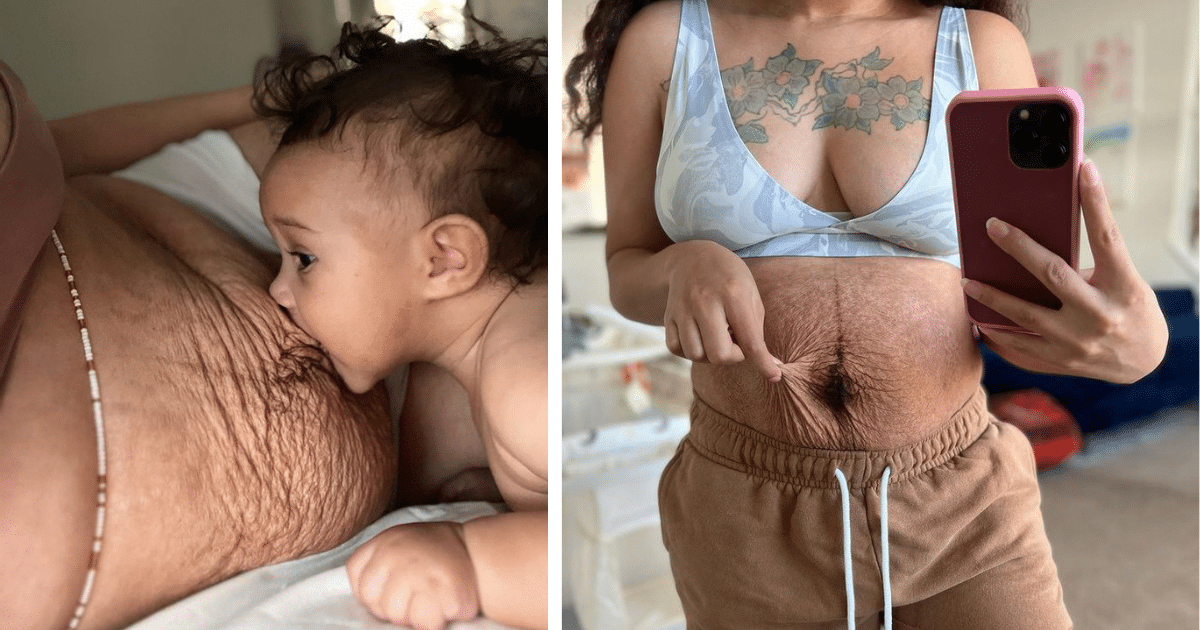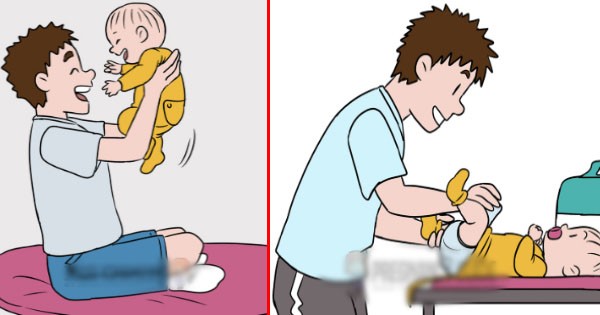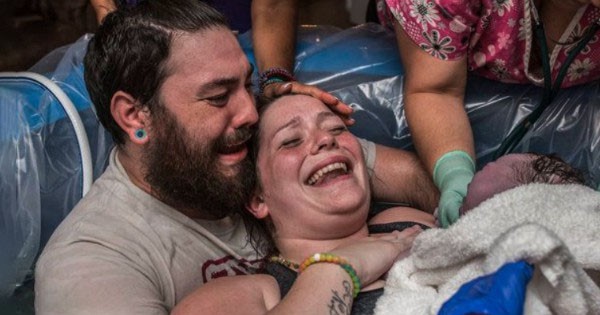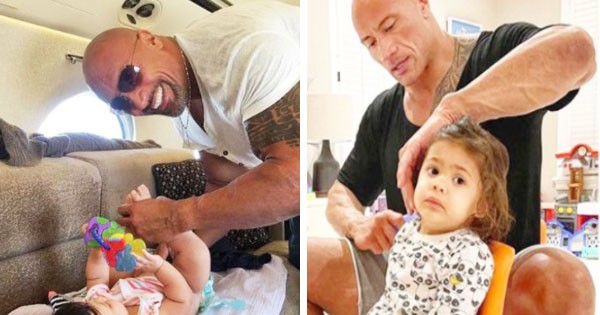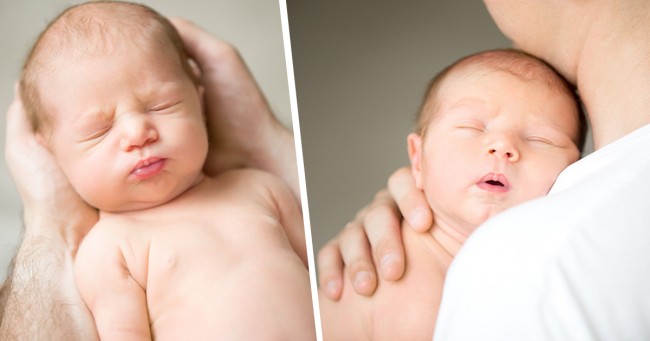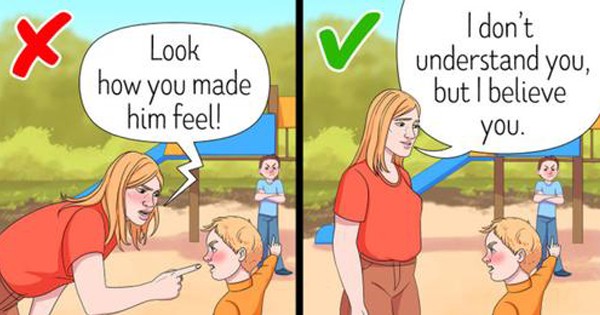
Nipple fissures are painful cracks on the skin of the nipple and areola. Nipple fissures are common during pregnancy and when nursing, but cracked nipples may occur as a result of friction in some athletes.
People who experience nipple fissures should treat them with care, as it is possible for the area to become infected.
Home treatments can provide relief in many cases, though there are times when it is important to see a doctor. Preventing nipple fissures before they happen is the best way to avoid symptoms and complications.
There are a variety of reasons why nipple fissures occur:
Pregnancy and breast-feeding

Hormonal changes during pregnancy can cause the breasts to become more full. The extra fullness can stretch the skin and irritate the areola and nipple, which may lead to fissures.
Women who have problems with breast-feeding may also develop nipple fissures. If the baby does not latch on correctly, they may put too much force on the sensitive skin of the nipple and areola. This could cause unnecessary irritation.
Nipple fissures may also be a symptom of thrush, which is a fungal infection.
While nipple fissures are often dry cracks, too much moisture may also be responsible for these symptoms. This may be due to breast-feeding for too long or the nipples being damp for an extended period, either from leakage, wet nursing pads, or too much ointment.
While nipple fissures tend to be prevalent in pregnant and breast-feeding women, the cracks can occur in anyone.

Friction
Too much friction may also irritate the nipple area. For example, long-distance runners might develop what is known as jogger’s nipple or runner’s nipple.
Friction from the cloth of a loose shirt or a poorly fitting bra can rub against the sensitive nipple skin, causing chafing, cracks, and even bleeding. Nipple fissures caused by friction may also occur in surfers and bodyboarders due to the board and seawater rubbing against the nipples while paddling.
Certain fabrics may be more irritating than others, with synthetic fibers, such as nylon, often causing more damage.

Allergic reaction
Nipple fissures may also be due to an allergic reaction to something touching the skin. These allergens can be chemicals or fragrances in products such as:
- laundry detergent
- fabric softener
- shampoo or conditioner
- soap or shower gel
- lotion or moisturizer
- perfume
If irritation and nipple fissures occur after applying a product, it is possible that the person’s skin is sensitive to the chemicals or fragrances in that product. Dermatologists may be able to recommend replacements to prevent the symptoms from coming back.
Depending on the cause, nipple fissures can develop on one or both nipples. Symptoms can vary from person-to-person, but the trademark symptom is cracked, painful skin on the nipple or areola. It may also be accompanied by:
- chapped, dry skin
- open cracks that may ooze or bleed
- redness
- soreness
- crusty or flaky skin
- scabs forming in the area
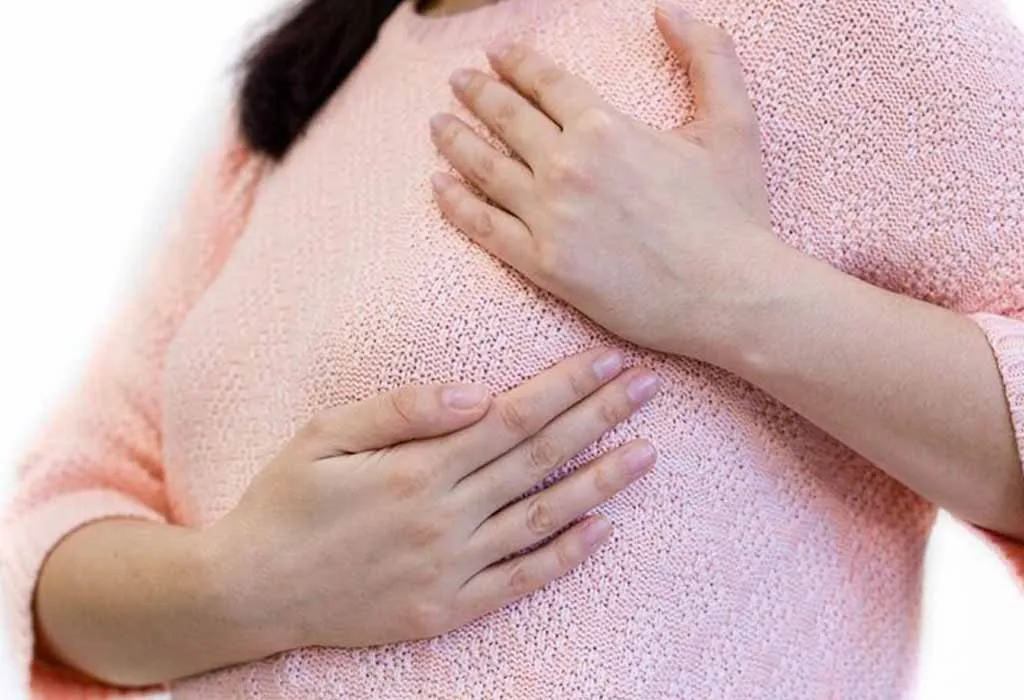

Many people find that keeping the affected nipple and surrounding skin slightly moist with a natural oil or moisturizer is an essential first step to treatment.
A study posted to the Journal of Caring SciencesTrusted Source found that lanolin, peppermint oil, and dexpanthenol creams all had a similar effect on nipple trauma in breast-feeding women. Some people are concerned, however, that the use of any nipple cream may interfere with the natural environment where newborns establish breast-feeding.
It is important to remember that too much moisture may make symptoms worse. Women who are breast-feeding should avoid non-breathable bra pads, as they can hold too much moisture against the nipple.
During pregnancy, the glands surrounding the nipples secrete a natural oil that lubricates and discourages bacteria. When washing this area, women should use only clean water that does not strip away this natural protection.
Breast-feeding women may find relief from bathing their nipples in warm water and applying warm compresses to help soothe any irritation after the baby has fed. Expressing some milk and rubbing it into the nipples before each feeding or pumping may also soothe irritation.
Some people may find similar relief by applying diluted peppermint oil or peppermint water to the affected nipples between feeding.
Breast-feeding women with nipple fissures may also be able to avoid further complications by encouraging the baby to latch onto the breast with a full mouth, alternating breasts at each feed, or using a nipple shell between feeds to allow air to circulate to the nipple.
Using a nipple shield during breast-feeding may keep the nipple too moist, which might make symptoms worse.
Athletes can often help the fissures heal by avoiding loose, rough, or scratchy shirts and covering the nipples with soft gauze or waterproof bandages while active.
If symptoms are left untreated, nipple fissures can lead to more serious complications, such as inflammation or infections. Breast infections may cause abscesses to form, which could require antibiotics, laceration, and drainage.
Nipple thrush is a possible complication in breast-feeding women. Babies with thrush may pass germs from their mouth into the breast milk. The Candida yeast that causes thrush can thrive in the warm, dark environment within the milk ducts, possibly leading to an infection. Many women find that cleaning the nipple in warm water after feeding can help remove the excess milk that may be home to germs.
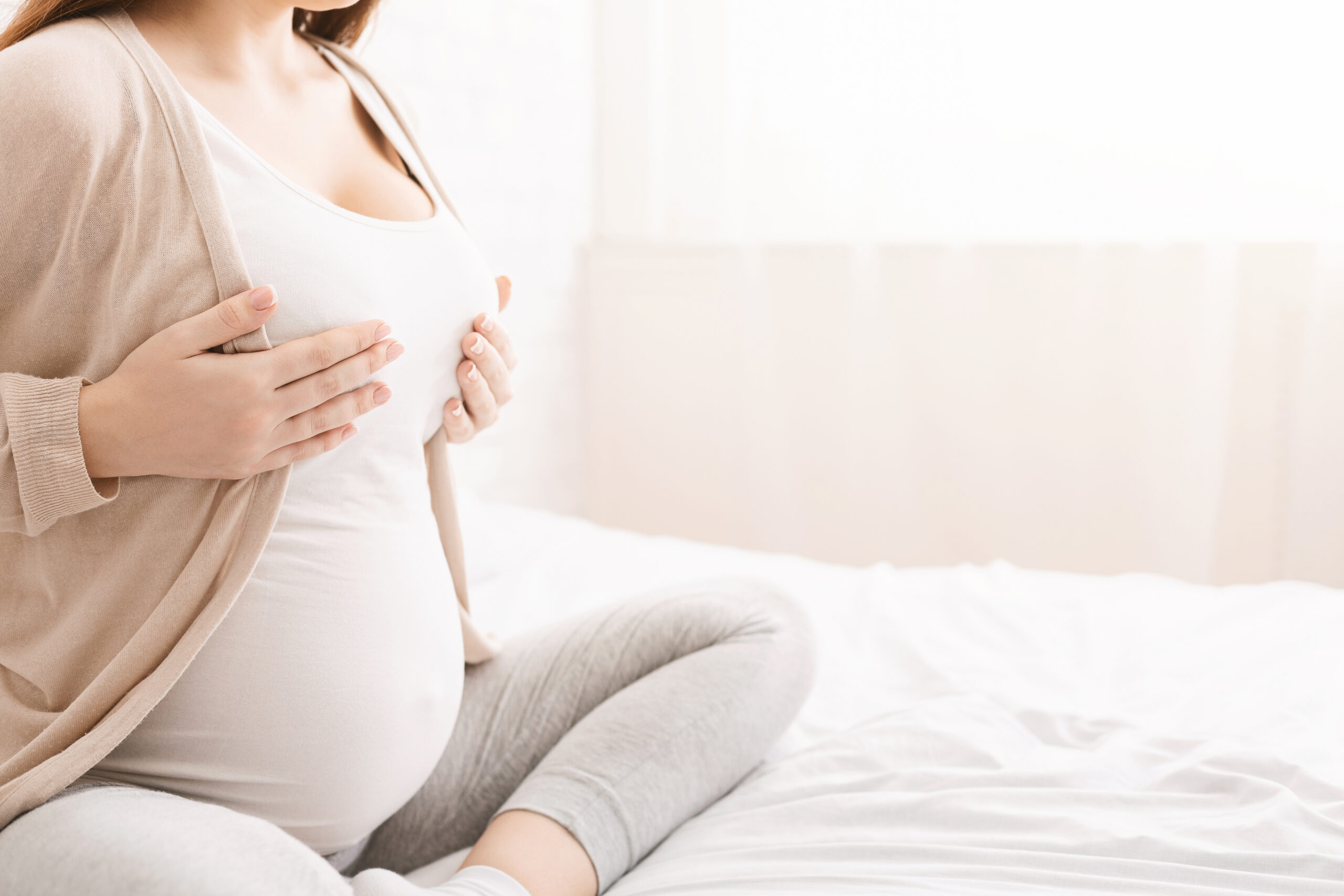
While most people can treat nipple fissures successfully at home, there are occasions when it is better to see a doctor. A doctor should diagnose symptoms that get worse or do not go away with treatment.
A doctor should also check out very painful or irritated nipples that make a person’s daily life difficult. Anyone who has signs of infection should visit their doctor for proper treatment. Signs of infection include redness, swelling, warmth, and tenderness in the nipple and surrounding skin.
Women who have developed nipple fissures through breast-feeding may want to talk to a doctor or pediatrician for support. A professional may offer breast-feeding tips or refer the woman to a lactation coach.
There are several ways that a person can reduce the chances of developing nipple fissure:
Sports

If nipple fissure is caused by friction during sports, a person could try changing the type of fabric they wear or place waterproof bandages over the nipples to help reduce friction and avoid fissures.
Some runners, surfers, and other athletes may find that applying an anti-chafing balm to their nipples before they exercise can help reduce friction.
Many surfers and bodyboarders simply wear rash guards or wetsuits to avoid irritation.
Tight fitting clothing that helps wick sweat away from the body may help some. Female athletes should be sure to wear a well-fitting sports bra to support the breasts and avoid unnecessary friction.
Breast-feeding
To prevent or reduce the chances of developing nipple fissures, a breast-feeding woman should ensure that she does certain things each time the baby latches on.
While breast-feeding may cause discomfort at first, it is important for both mother and baby to be comfortable during breast-feeding. If the baby has not latched on correctly or if feeding is causing pain, it is best to reposition them. Both mother and child should be relaxed, and the baby should not have to turn their head or body while feeding, as it could pull at the nipple and irritate it further.
Helping the baby latch onto the breast accurately during feeding can also help prevent irritation. The baby should take the entire nipple and part of the areola into their mouth during feeding. Having a full mouth helps keep them from biting down too hard on one part of the nipple, which could irritate the skin.

An allergic reaction
If nipple fissure is caused by an allergic reaction to something, then identifying the irritant and avoiding it however possible may prevent symptoms developing. A person might choose to visit a dermatologist who can carry out some tests to identify potential allergens.
Nipple fissures can be a source of pain and discomfort, but treating them is usually straightforward. Breast-feeding women who have nipple fissures may need to change their feeding habits to continue feeding a baby. In some situations, prevention may be the best option.
Anyone with symptoms that get worse or do not improve should see a doctor to avoid complications.
Breastfeeding is not the only cause of nipple pain! Here are 6 other culprits
Troubled by sore nipples? We’ve got a gynaecologist to reveal the reasons behind nipple pain. And worry not, the pain is not there to stay!

Have you been experiencing nipple tenderness and soreness? If so, it can be a bit irritating and uncomfortable. In fact, nipple pain may accompany other signs and symptoms like breast pain, nipple discharge, breasts lump, itching or skin changes. However, there’s not much to worry about.
Nipple pain is so common that it affects all women at some point in their lives, especially when it comes to breastfeeding mothers. But that’s not the only cause behind it. And to understand what exactly causes women to experience nipple soreness, we got Dr Astha Dayal, consultant gynaecologist and obstetrics at Meddo, to enlighten us.
These are the 7 most common causes of nipple tenderness:
1. Breastfeeding
If you’re breastfeeding, chances are that you’re experiencing some level of pain in your nipple. Dr Dayal says, “Nipple soreness can be a common symptom, especially in breastfeeding mothers. When a baby sucks on nipples, it could lead to pain and maybe bleeding and cracked nipples.”
Remember sore nipples do not always occur during breastfeeding, but it’s most likely to happen when the baby doesn’t latch on properly.
2. Infection
Nipple pain can also be caused by specific disorders, particularly inflammatory disorders. Both mastitis (an infection of the milk ducts) and breast abscess (a collection of pus located in a specific area) can result in nipple pain. “Pain due to infection can cause redness, swelling, or tenderness on the touch. This needs urgent attention from your doctor,” suggests Dr Dayal.
It is most common in breastfeeding mothers, so when a baby is not latching properly, an infection might be a cause behind nipple pain.
3. Hormonal changes
“Other common reasons for nipple soreness among women who are not breastfeeding, could be a hormonal change. It usually happens a few days before the expected menstrual cycle, or even in early pregnancy,” says Dr Dayal.

Due to the hormone imbalance, production of estrogen and progesterone gets disturbed, resulting in nipple soreness. “A good diet and exercise regime, antioxidants, limiting caffeine, smoking and alcohol would prevent this premenstrual breast pain,” suggests the expert.
4. Injury
Sometimes an injury to the breast or chest wall pain (for example, a muscle pull or inflammation at the ribs) could also radiate to the breast which can also cause nipple pain, says Dr Astha.
5. Wearing the wrong bra size
The right bra will often help avoid future nipple irritation. Wearing a bra that doesn’t fit quite right, can rub against your nipples and irritate the skin, especially with a repeated motion like long-distance running. This causes too much friction and could make your nipples sore and bleed.
6. Waxing nipple hair
Shaving, waxing, and plucking stray nipple hair could be tempting. According to a study published by the Journal of Physical Activity and Health, using razors around the nipple area can result in infection. In addition, hair removal can also increase the risk of inflammation and cause severe pain and discomfort.

7. Certain medication
Dr Dayal says, “Some medications also may cause breast pain or nipple soreness.” Medications that are linked to an increase in nipple pain include:
- Drugs that affect the reproductive hormones
- Some treatments for mental health conditions
- Some cardiovascular treatments.
Can nipple or breast pain indicate an early sign of breast cancer?
Pain in the breast can be one of the symptoms of breast cancer, but it is not a confirmation of the disease. “Very rarely, nipple pain and breast soreness could also be associated with breast cancer, especially a type called inflammatory breast cancer, which is associated with redness, swelling, and tenderness. Any persistent breast soreness should be evaluated and needs a visit to your doctor,” explains Dr Dayal.


